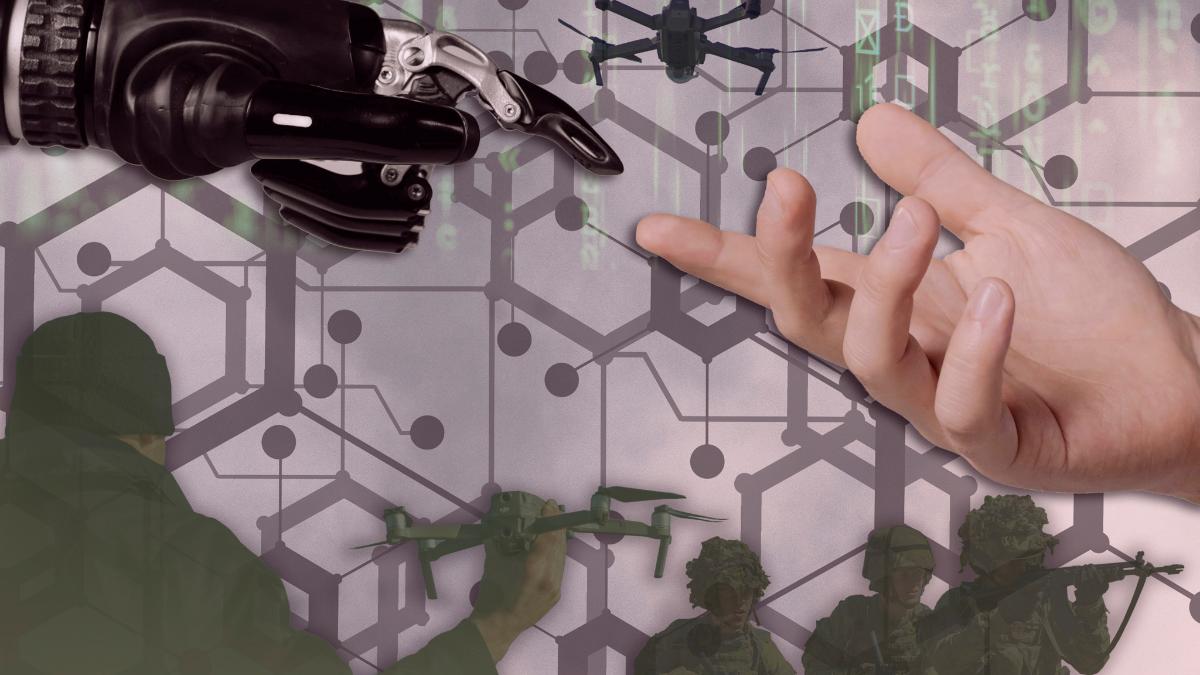New technologies and practices shape defence research – How will Finland prepare for future threats and take advantage of new opportunities?

Technologies and innovations shape warfare at an unprecedented pace. Defence Research Yearbook 2025 highlights key trends such as the relevance of drones, sensor technology, and international research co-operation for Finland’s defence.
Finland’s security environment has changed for the worse, which in turn underlines the significance of defence research and development. The advancement of technologies, especially the growth of drone warfare, and progress of sensor technology entail new challenges on the battlefield presupposing constant innovation. The war in Ukraine has demonstrated that in crisis situations the development of new concepts can be swifter than previously thought.
Defence research heavily relies on international co-operation. Finland’s membership in NATO has deepened research and development in particular through NATO research programmes. The European Defence Fund (EDF) of the European Union supports Finnish research, and bilateral co-operation with Sweden and the U.S.A. as well as arctic defence research strengthen Finland’s competence and readiness. Finnish defence industry and startups work closely with the Finnish Defence Forces, which supports military security of supply and technological frontrunning.
Defence Research Yearbook 2025 presents, among other, the following key trends:
- Analysis of the defence system and operational environment – Development of the defence system and changes in the operational environment.
- AI’s role in defence – Multidisciplinary study on AI applications in defence.
- Development of Finnish society (2025–2045) – Forecasts for development of society in Finland over the coming decades.
- Strategic anticipating – Methods of anticipatory research and their application in defence planning.
- Innovations in the Finnish Defence Forces’ research – Role of the Finnish Defence Forces’ research organisations in innovation.
- Development of operational art – Grounds for development of operational art and future challenges.
- Future of NATO and Russia – Research on the future of NATO and Russia in strategic planning.
- Battlespace information management and C2 – Battlespace information management and development of command and control.
- Soldier’s wellbeing and support measures – Combatant’s performance competence, development of demobilisation phases, and monitoring of wellbeing.
- Effects and protection – Nuclear impacts, stealth materiel, capability development of micro-drones, and CBRN protection.
Long-term research combined with the ability to react to rapidly changing threats constitute a solid basis for the defence system. The Finnish Defence Forces will continue comprehensive research co-operation to ensure that Finland’s defence meets the challenges posed by the changing operational environment.
The Government Defence Report published in December 2024 emphasises the importance of research and development as well as the role of innovations in capability construction. For the full text of the report, see the link.



